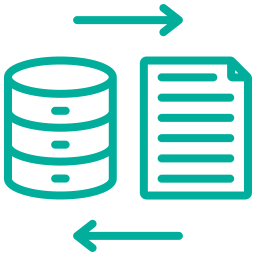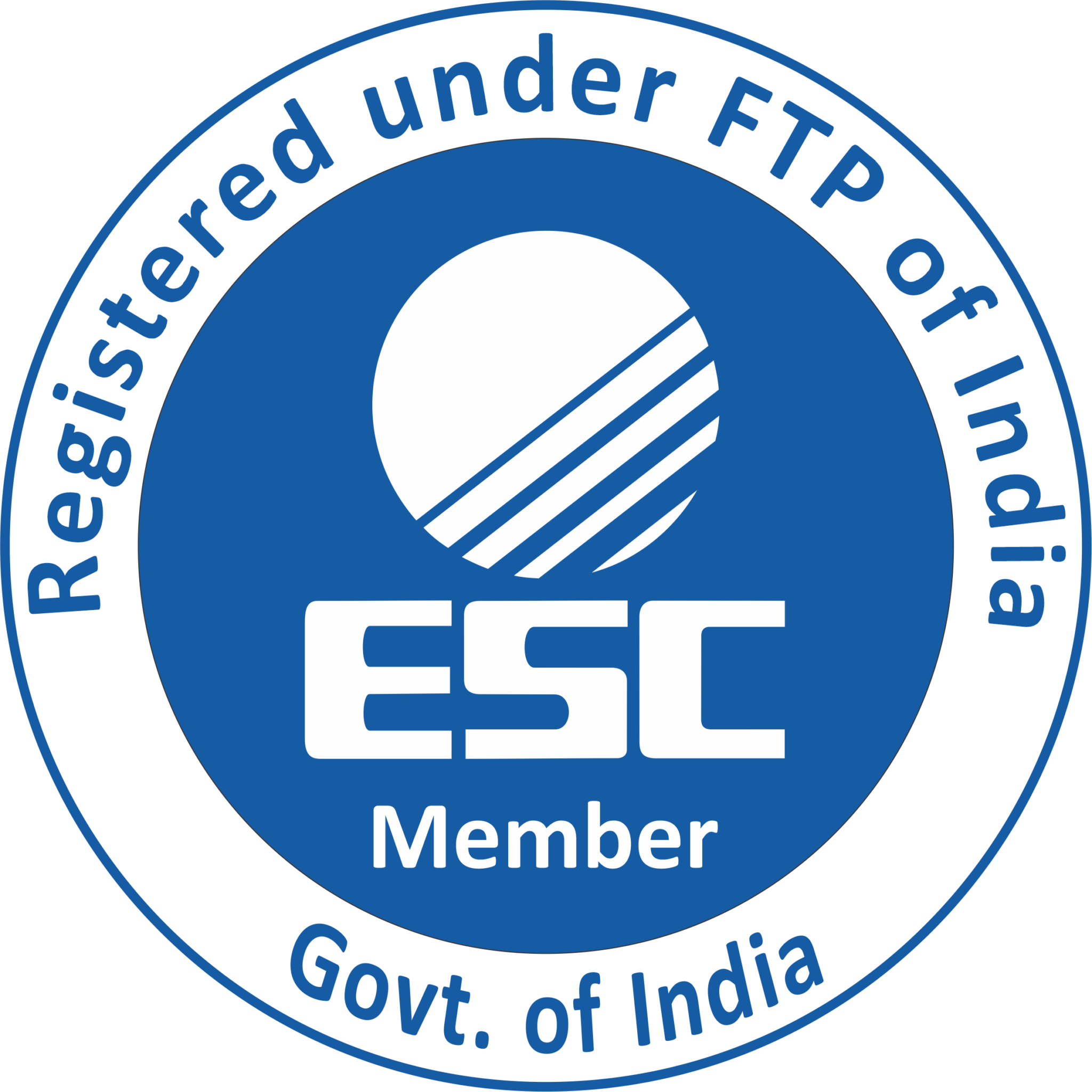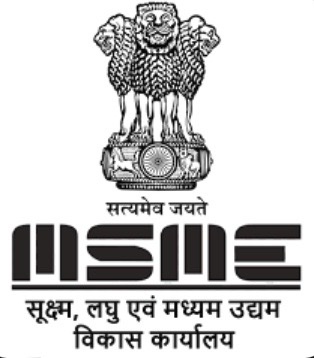- Data Transformation: The service can convert data into a format suitable for migration or integration with other systems, such as changing date formats or mapping data fields.
- Data Validation: The service can verify that data meets specific quality standards, such as ensuring all fields are populated or ensuring data is consistent with reference data.
- Data Mapping: The service can map data from one system or format to another, allowing for seamless integration between different systems and data sources.
- Data Migration: The service can help move data from one system to another, either by transferring data directly or by creating a data file for manual import.
- Data Synchronization: The service can ensure that data is kept up-to-date across multiple systems, through periodic data updates or real-time data synchronization.

Here’s how we can help
- Mapping of data from one system or format to another.
- Translation of data between different data models or structures.
- Improvement of data compatibility and interoperability between systems.
- Creation of a common data model for better data analysis and reporting.
- Increased efficiency of data integration and migration processes.

- Transfer of data from one system to another.
- Preservation of data integrity during migration.
- Management of data dependencies and interrelationships.
- Improvement of data access and availability in new systems.
- Increased efficiency of data migration and integration processes.

- Keeping data up-to-date across multiple systems.
- Automatic or manual updates of data to ensure consistency.
- Reduction of data duplication and increase of data accuracy.
- Improved data access and availability across systems.
- Increased efficiency of data management and analysis processes.


Data Extraction
Support for multiple data formats- Support for multiple data formats (CSV, Excel, JSON, XML)
- Ability to extract data from various sources such as databases, flat files, and APIs.
- Option to extract data based on date range or specific conditions
- Ability to handle large data volumes efficiently
- Secure data transfer using encryption and access control

Data Cleansing
Automatic process to clean, validate and standardize data- Automatic process to clean, validate and standardize data to ensure accuracy and consistency.
- Duplicate data removal
- Data format and type correction
- Null and missing value handling
- Data enrichment with external sources
- Customizable rules and filters

Data Mapping
Define the mapping between source and target data structures- Define the mapping between source and target data structures, including transformations and calculations.
- Support for one-to-one, one-to-many and many-to-one mapping
- Ability to handle complex data relationships
- Built-in functions and expressions for data manipulation
- Option to use custom scripts for advanced transformations

Data Loading
Transfer data from source to target systems- Transfer data from source to target systems, including error handling and retries.
- Support for incremental and full data loads
- Ability to handle real-time data streams
- Option to perform data validation before loading
- Logging and reporting of data load progress and errors

Data Normalization
Standardization of data structures for easier management- Standardization of data structures for easier management and analysis.
- Harmonization of data from multiple sources into a common data model.
- elimination of duplicate data fields and creation of a consistent data structure.
- reduction of data complexity for better data analysis and reporting.
- improved data quality for more accurate insights and decision-making.

Data Cleaning and Enrichment
Removal of inaccuracies, duplicates, and irrelevant data- Removal of inaccuracies, duplicates, and irrelevant data.
- Addition of missing information to improve data quality.
- Identification of inconsistent data and correction of errors.
- Improvement of data completeness and accuracy.
- Increased reliability and trust in the data for better decision-making.






